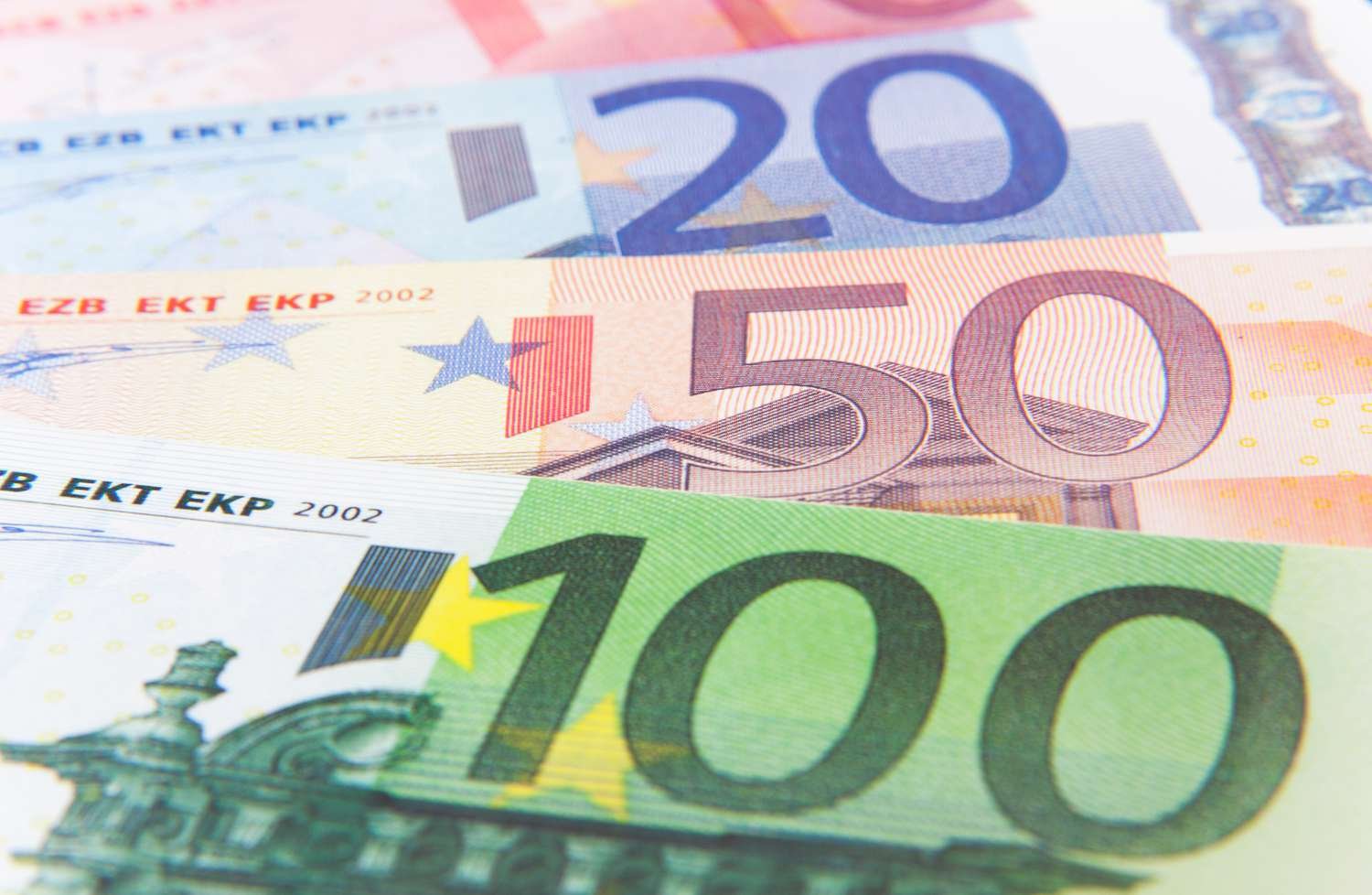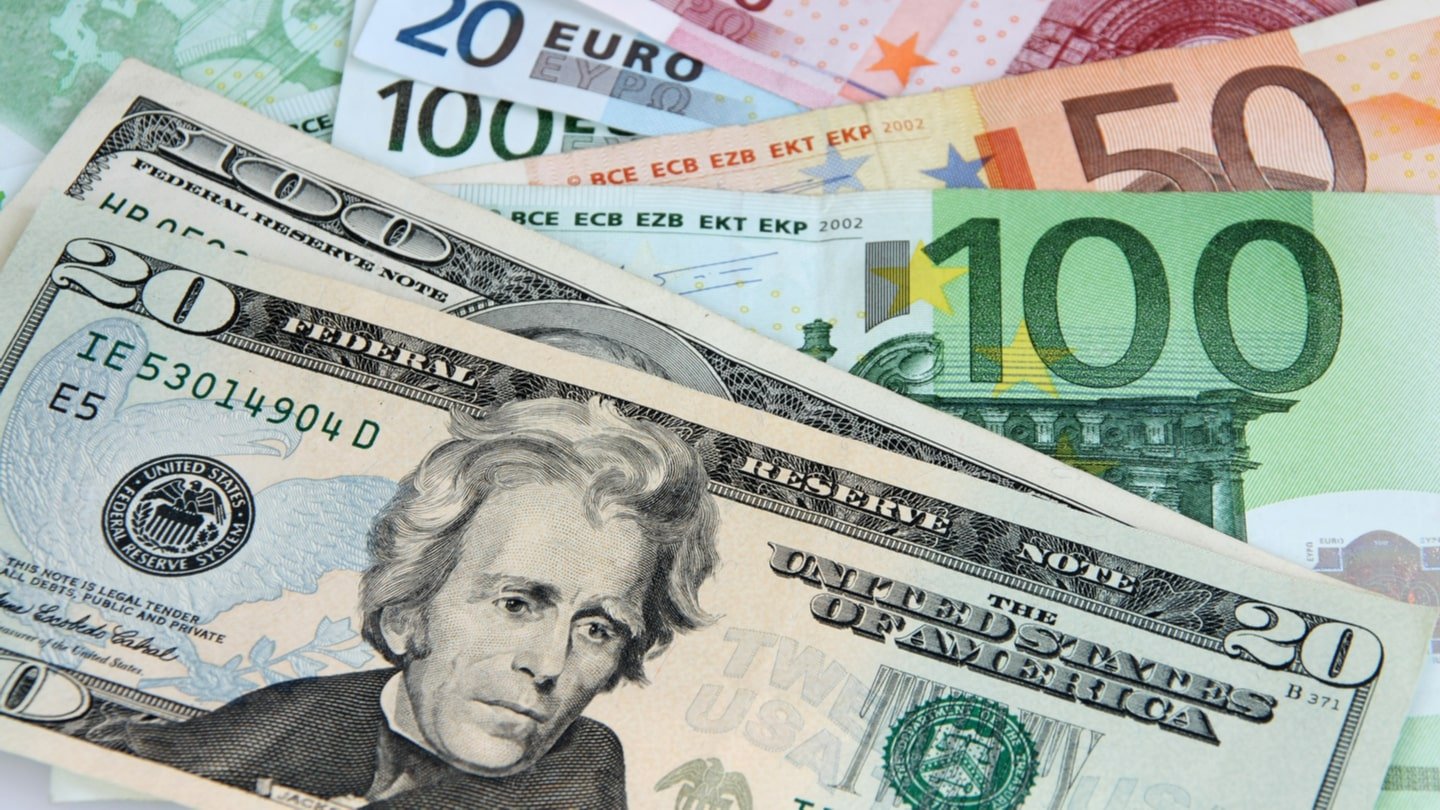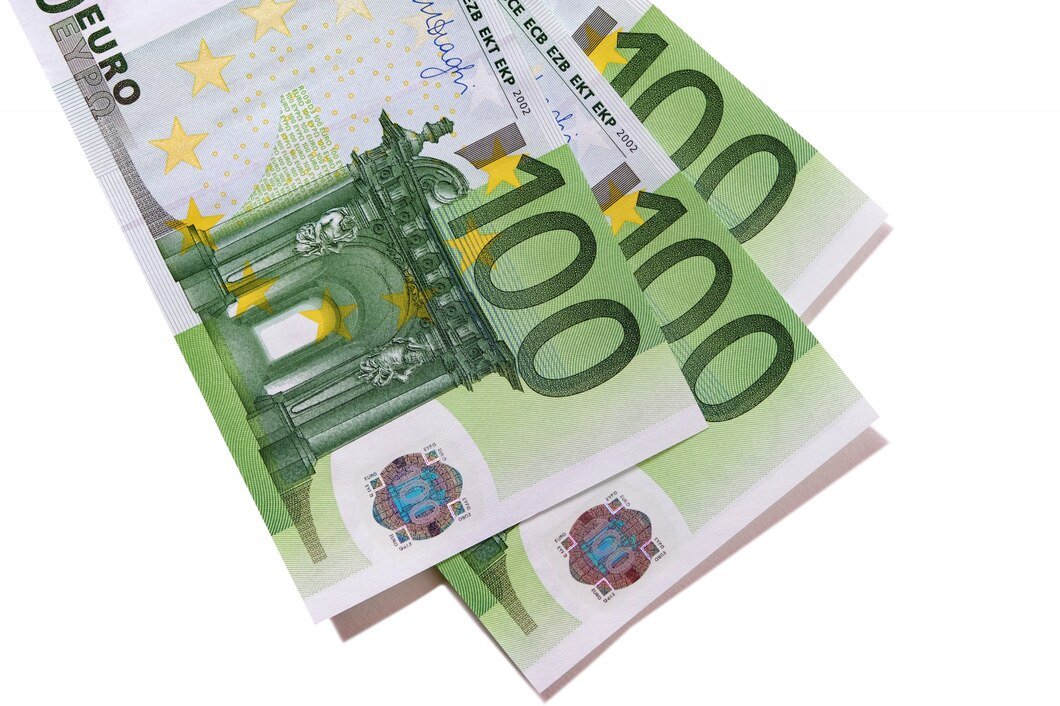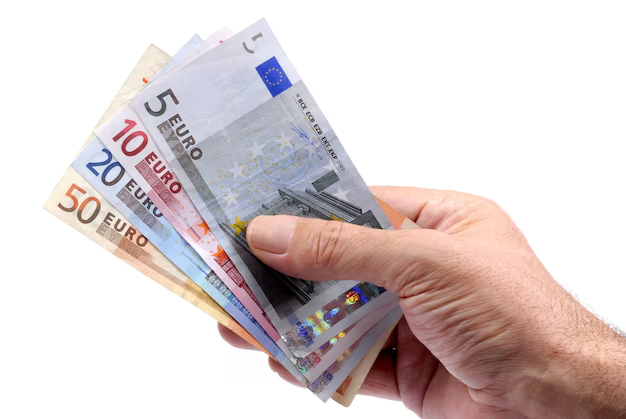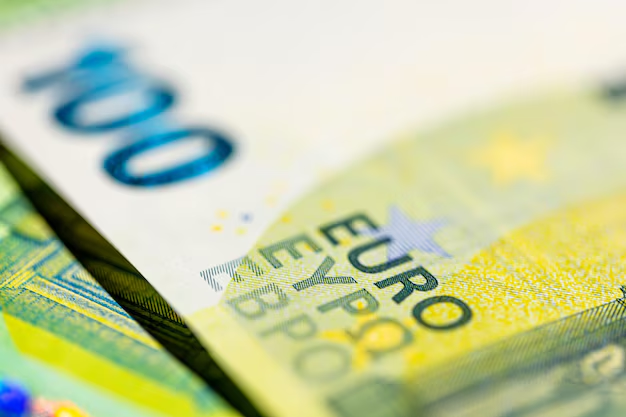EUR/USD Fails to Gain Momentum Amid Trade Uncertainty and Bearish Technical Indications
EUR/USD currency pair continues to experience pressure even after modest recovery from two-week lows, as global trade uncertainty and incongruent Eurozone data continue to unfavorably impact market sentiment. Though expectations of positive developments in Eurozone-US trade talks have provided diminishing support for the Euro, broader risk aversion and safe-haven demand for the US Dollar are limiting any follow-through upside. Technically, the pair is ranging in a bearish expanding wedge, resistance being approximately 1.1780 and significant support at 1.1685. The pair’s general bearish outlook is supported by weak consumer demand, weak trade data, and persistent worries regarding US tariffs. KEY LOOKOUTS • Wednesday’s release may change sentiment based on the extent of the division among Fed members regarding future rate action. • Any news of updates or deals made may affect the direction of the Euro. • A breakout above 1.1780 or a breakdown below 1.1685 should confirm direction. • Ongoing worries regarding US tariffs and international trade may make the US Dollar remain sought-after as a safe haven. EUR/USD pair continues to be pressured as uncertainty in trades and aversion in global risk prevail in market sentiment. Even as the Euro received some lift from optimism on improvement in Eurozone-US trade negotiations and a short reprieve from US tariff threats, the overall bearish trend is still in force. Indifferent economic reports in Germany and France, coupled with declining retail sales in the Eurozone, further undermined faith in the European economy. In the meantime, the US Dollar remains resilient on safe-haven demand, with market participants keeping a keen eye on the future FOMC minutes for any indication of future monetary policy direction. EUR/USD is unable to hold onto gains as trade tensions and soft Eurozone data continue to firm up the bearish trend. Safe-haven demand for the US Dollar and technical resistance around 1.1780 continue to cap upside. • EUR/USD is in a longer-term bearish trend, even though short-term it has bounced from two-week lows. • Trade uncertainty continues, with global risk sentiment subdued by renewed threats of US tariffs. • Eurozone economics is mixed, with weak consumption and easing trade activity. • US Dollar is still strong as investors turn to safe-haven assets in market volatility. • Technical pattern is that of an expanding wedge, generally a bearish pattern signaling potential for further fall. • Resistance at 1.1780 is key, with a break upwards required to change the bearish view. • Support at 1.1685 and 1.1630, coinciding with key Fibonacci levels and structure of trendlines. The EUR/USD is finding its way through a risk-averse market climate as investor attitudes are still influenced by ongoing trade tensions around the world. The latest news, with US President Trump reissuing tariff threats, has reawakened fears for global economic stability. Although optimism regarding Eurozone-US trade talks at one point boosted the Euro, wider uncertainty and a risk-averse tone have capped its advance. Economic performance across the Eurozone remains weak, with consumer confidence and trade statistics both showing increased weakening against ongoing global headwinds. EUR/USD DAILY PRICE CHART SOURCE: TradingView On the macroeconomic side, recent German and French data present conflicting signals. Germany posted an increase in trade surplus mainly on account of falling imports, which is indicative of softer domestic demand, whereas that of France edged higher. Moreover, retail sales within the Eurozone declined sharply in May, representing the steepest fall in almost two years, highlighting once again the effect of economic uncertainty on consumption. Against a light US economic schedule, markets are now looking ahead to the coming FOMC minutes, which could provide some insight into the Federal Reserve’s monetary policy stance and what it means for currency markets. TECHNICAL ANALYSIS EUR/USD is trading in a widening wedge pattern, a normally bearish formation that is often seen at market tops. The duo immediately meets resistance at 1.1780, which corresponds with the downward trendline from July 1 highs. A clean break above it and subsequent highs at 1.1790 would be necessary to negate the bearish scenario. To the downside, solid support is observed at 1.1685, identified by the 38.2% Fibonacci retracement of the June 24-July 1 rally. A break below this level would set the stage for further declines towards the 1.1630–1.1645 zone, where the 50% Fibonacci retracement and the highs align. Momentum indicators such as the RSI are also neutral, trading around the 50 mark, indicating indecision among the traders. FORECAST If euphoria about Eurozone-US trade talks holds and there are no new tariff threats on the horizon, EUR/USD may try to stage a slight rebound. A clear break above the near-term resistance at 1.1780 might open the door for further advances towards the 1.1790 region and potentially 1.1830, as long as market sentiment shifts risk-on. Moreover, any dovish sentiment in the next FOMC minutes or softer-than-anticipated US data could keep the US Dollar in check and support the Euro’s short-term upside potential. Conversely, ongoing fears of trade tensions at the global level and lower Eurozone fundamentals might push the EUR/USD pair down. A strong break below the 1.1685 support may result in a slide towards the next support zone of 1.1630–1.1645. If bearish pressure picks up and the US Dollar holds strong on account of safe-haven demand, the pair might even hit the 1.1600 psychological support level in the near future.



